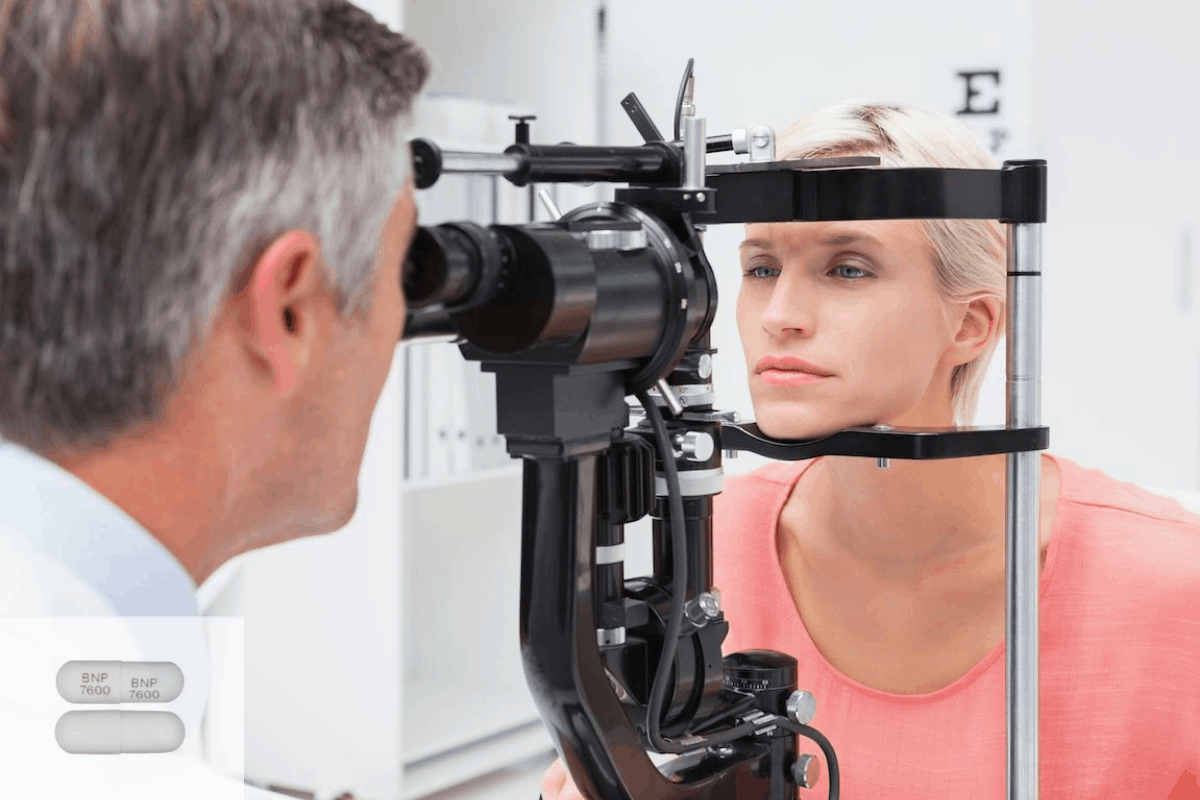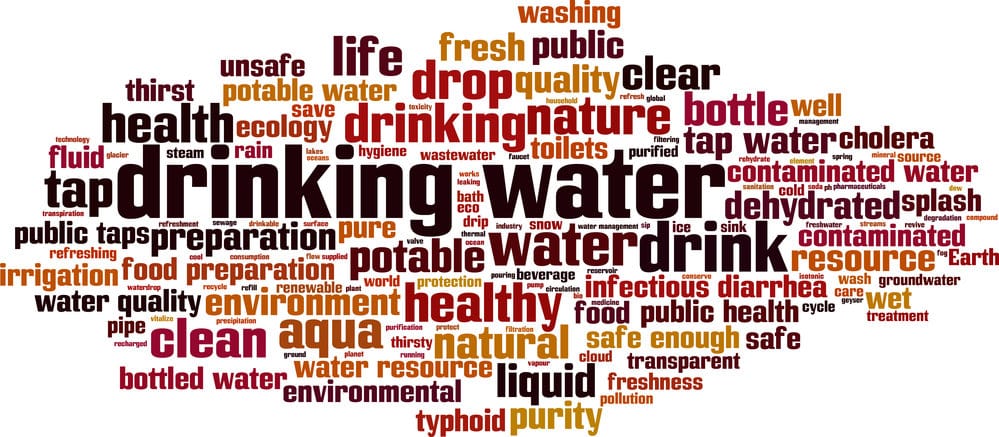Defective products can prove dangerous, often causing serious injuries or even death. When a personal injury results from using a product, you are protected by the law and have the right to file a personal injury claim.
While some product defect lawsuits such as the Liebeck v. McDonald’s hot coffee case, receive widespread media attention, the vast majority of the tens of thousands of cases filed annually go unnoticed by the public.
Here are nine essential things you should know about defective product claims:
1. What qualifies as a product liability claim?
Any dangerous or defective product causing an injury or illness can lead to a viable product liability claim. The defect may affect an entire product line or just a single batch.
Sometimes these claims include several plaintiffs and are known as “mass tort” cases in legal terms. Examples include Zantac (ranitidine) litigation involving cancer claims or Roundup herbicide lawsuits alleging links to non-Hodgkin’s lymphoma.
Product liability claims can involve tangible products like toys, cars, appliances and pharmaceuticals as well as intangibles like gas, pets, written works, and real estate.
2. Who has liability for defective products?
Liability for a defective product can be placed on any party in its distribution chain:
- Product designer
- Manufacturer
- Parties assembling or installing the product
- Component manufacturers
- Any distributors of the product, including wholesalers or retailers
3. When can you claim defective product liability?
If a product on the general marketplace injures you or a loved one, you must prove that the product was defective or lacked adequate instructions or warnings, i.e. a failure to warn claim.
You must also prove that the defective product caused the injury to have a successful lawsuit and establish damages in order to recover compensation.
4. How to prove manufacturing defects
This is the most common product liability claim and stems from an injury caused by a flaw in the product’s manufacture. Usually, the defect is caused by a problem in the manufacturing process.
This causes the product to differ from similar items produced by the manufacturer, and the problem was not detected during quality control checks.
Some examples include:
- Defective tires on a car
- Contamination in a batch of analgesics
- An electric bicycle with a cracked frame
- A kitchen appliance that catches fire
You must prove that the injury was caused by the manufacturing defect and not by your own misuse of the product.
5. How to prove design defects
Here you must prove that the design was flawed, causing the whole line of products to be dangerous. The product is made to the manufacturer’s specifications, but the design itself is inherently unsafe. Some examples include:
- Poorly designed airbags that don’t properly deploy during a collision
- Any electrical product whose design can cause electrocution when turned to a specific setting
- Sunglasses that don’t offer adequate protection from ultraviolet rays
As with manufacturing defects, you must prove that the design defect caused your injury.
6. Failure to warn and inadequate instructions
All products must come with proper instructions for use and warnings about potential hazards. Any injury resulting from the failure to warn of dangers can lead to a defective product claim. Some examples include:
- No warning that the outer surface of an electric oven heats up when in use
- Medication or energy drinks that don’t mention their potential adverse effects
- Inadequate safety instructions on products like pesticides, paints, and insulation
7. How to prove a breach of warranty
Product guarantees are usually provided by manufacturers through warranties in advertising, via their salespeople, in pamphlets, or on their products. However, if the manufacturer doesn’t fulfill the warranty terms regarding the product’s performance and quality, the warranty is considered breached.
In many cases, an implied warranty exists even without a written promise or when a defect occurs after the express warranty period expires.
8. How to prove negligence
If anyone in the product’s supply chain fails to take reasonable steps to ensure product safety, then a negligence claim may be appropriate. You must prove the manufacturer was obligated to produce a safe product but failed in this duty.
9. How to prove strict liability
Under strict liability theory, injuries and damages caused by a defective product may be compensable regardless of whether the manufacturer was negligent.
In a strict liability claim, you are only required to show that the product was defective, that the defect existed before it left the manufacturer’s control, and that you suffered property damage or injury from the defective product.
Conclusion
To successfully pursue a defective product claim, collect all the evidence you need to prove any of the above elements. These include the actual product, evidence of the manufacturer’s knowledge, photos, medical bills, labels and marketing materials, and witness accounts.
Then consult with an attorney who specializes in product liability law, as these cases often involve complex legal and technical issues requiring professional expertise.



